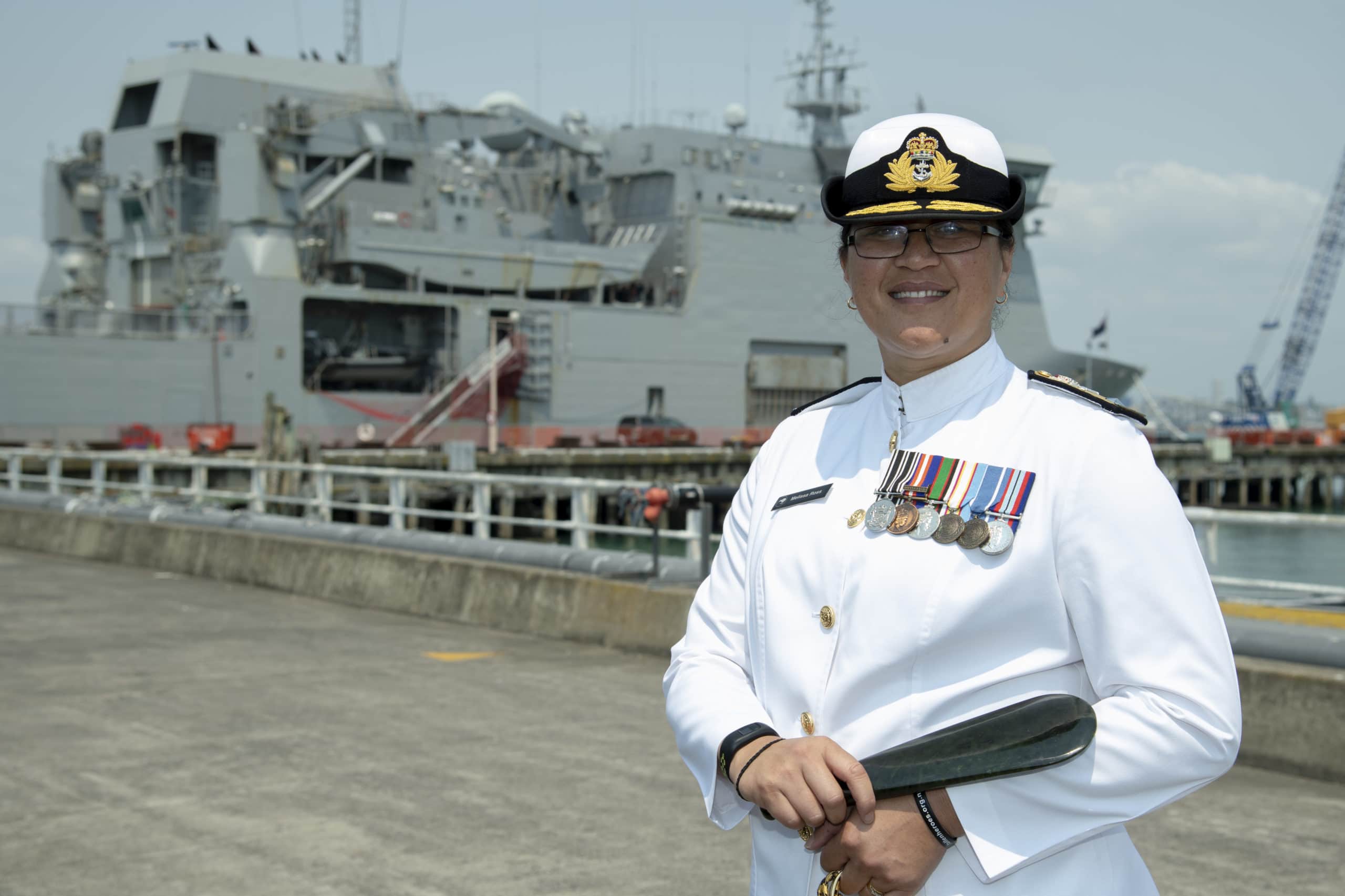Timeline
11 April 1942
Overall 640 women served, mainly in signalling but also other areas including intelligence, watch keeping and driving.
The WRNZNS was one of three women’s services established. The others were Women’s Army Auxillary Corps and Women’s Auxillary Air Force.
18 May 1942
1946
May 1947
29 July 1977
The final WRNZNS parade was held on 29 July, 1977.
New Zealand Navy Orders 64 and 156/77 set out the policy for the employment of women in the RNZN.
1977
1978
September 1979
1981
1983
1986
December 1986
1986
Although some administrative aspects of employing women at sea needed further analysis, the practical aspects of trial proved successful and the employment of women at sea in non-combatant vessels with suitable facilities continued.
The first woman to do shore patrol duties was Able Writer Vicki Ryan.
Lieutenant Commander Sue Taylor became the first woman to complete RNZAF Staff College.
1987
1989
All women entering the RNZN from January 1989 intake would be required to serve at sea except those in a limited number of shore only trades.
Approval was given for women in the RNZNVR to undertake sea experience at the discretion of the RNZNVR Divisional Commanding Officer. A guideline of 10-15% women within any mixed gender ship’s company is set.
April 1989
Branches and trades open to sea service by women are Supply and Secretariat Branch consisting of cooks, writers, stewards, stores assistants; Medical Branch, Communications Branch (radio trade); Regulating Branch and PTI Branch. Officer specialisations included in the policy are Supply and Secretariat, doctors and chaplains.
May 1989
May 1990
1990
Reverend Pauline Law becomes the first female Chaplain within the Navy.
Petty Officer Jenny Harris commands the first all female guard for a gun salute to HMNZS Southland.
February 1991
May 1991
June 1992
December 1992
April 1993
HMNZ ships Southland and Wellington are declared available for mixed gender manning.
HMNZ ships Canterbury and Waikato are made available for the posting of women for training purposes as required.
1994
Lieutenant Maxine Lawes is the first RNZN woman to be appointed as Aide de Camp to the Governor General.
1995
January 1996
1996
Lieutenant Commander Margaret Weller becomes the first female Officer’s Mess President in the HMNZS Philomel Wardroom.
1998
1999
Rachel Blackby becomes the first woman to serve as an operational Leading Hand, as Electronic Warfare Leading Hand.
January 2000
Regular and Non-Regular Service Women are to serve on the same basis as Service Men with respect to combat roles. This also enabled women to enter the Diving Sub Branch.


